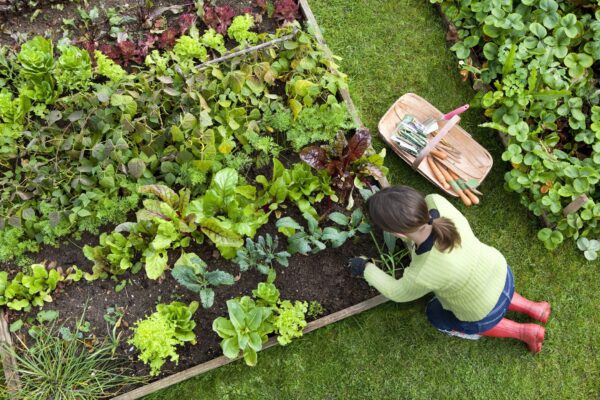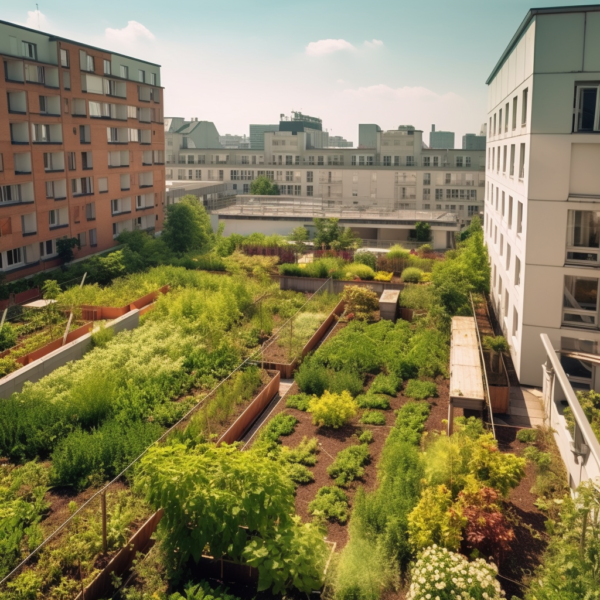Gardening enthusiasts and professional horticulturists alike often encounter the challenge of dealing with plant diseases. One of the most common culprits is powdery mildew, a fungal disease that can wreak havoc on a wide variety of plants. But fear not, for there’s a simple, eco-friendly solution available in most households: baking soda. In this comprehensive guide, we’ll delve deep into the benefits of using baking soda to combat powdery mildew and provide a step-by-step approach to ensure its effective application.

Understanding Powdery Mildew:
Powdery mildew manifests as a white, powdery substance on plant leaves, stems, and occasionally fruits. It thrives in warm, dry climates and can severely weaken plants, making them more susceptible to other diseases and reducing their yield. If left unchecked, it can lead to premature leaf fall, reduced fruit quality, and even plant death.
The Magic of Baking Soda:
Baking soda, scientifically known as sodium bicarbonate, is a versatile substance with a myriad of uses, from baking to cleaning and even gardening.
- Creating an Alkaline Environment: Baking soda raises the pH level on plant surfaces, making it difficult for powdery mildew to survive and spread.
- Safety First: Unlike many commercial fungicides that contain chemicals, baking soda is non-toxic, ensuring that your plants and the beneficial insects that inhabit your garden remain unharmed.
- Environmentally Friendly: Being a natural substance, baking soda is biodegradable, ensuring minimal environmental impact.
Step-by-Step Guide to Using Baking Soda Against Powdery Mildew:
- Making the Solution: Combine 1 tablespoon of baking soda with 1 gallon of water. To enhance the solution’s effectiveness, add a teaspoon of liquid soap, which helps it stick to plant surfaces.
- Patch Test: Before treating all your plants, spray a small section and observe for a day or two. This ensures that the solution doesn’t harm the plant or cause leaf burn.
- Thorough Application: Generously spray the solution on affected plants, ensuring you cover all parts, especially the undersides of leaves where mildew often thrives.
- Consistency is Key: Apply the solution weekly and after any significant rainfall. Regular application not only treats existing infections but also acts as a preventive measure.
- Observation: Regularly inspect your plants for any signs of powdery mildew and adjust your treatment frequency accordingly.
Additional Tips:
- Morning or late afternoon is the best time to spray the solution to avoid the intense midday sun.
- Rotate with other natural remedies, like neem oil or milk sprays, to prevent the fungus from developing resistance.
- Ensure good air circulation around your plants, as this can reduce the chances of powdery mildew taking hold.
Wrapping Up:
While powdery mildew can be a formidable foe, with baking soda in your gardening arsenal, you’re well-equipped to tackle it head-on. This natural remedy, combined with good gardening practices, can ensure that your plants remain healthy and vibrant.
As an Amazon Associate we earn from qualifying purchases through some links in our articles.




